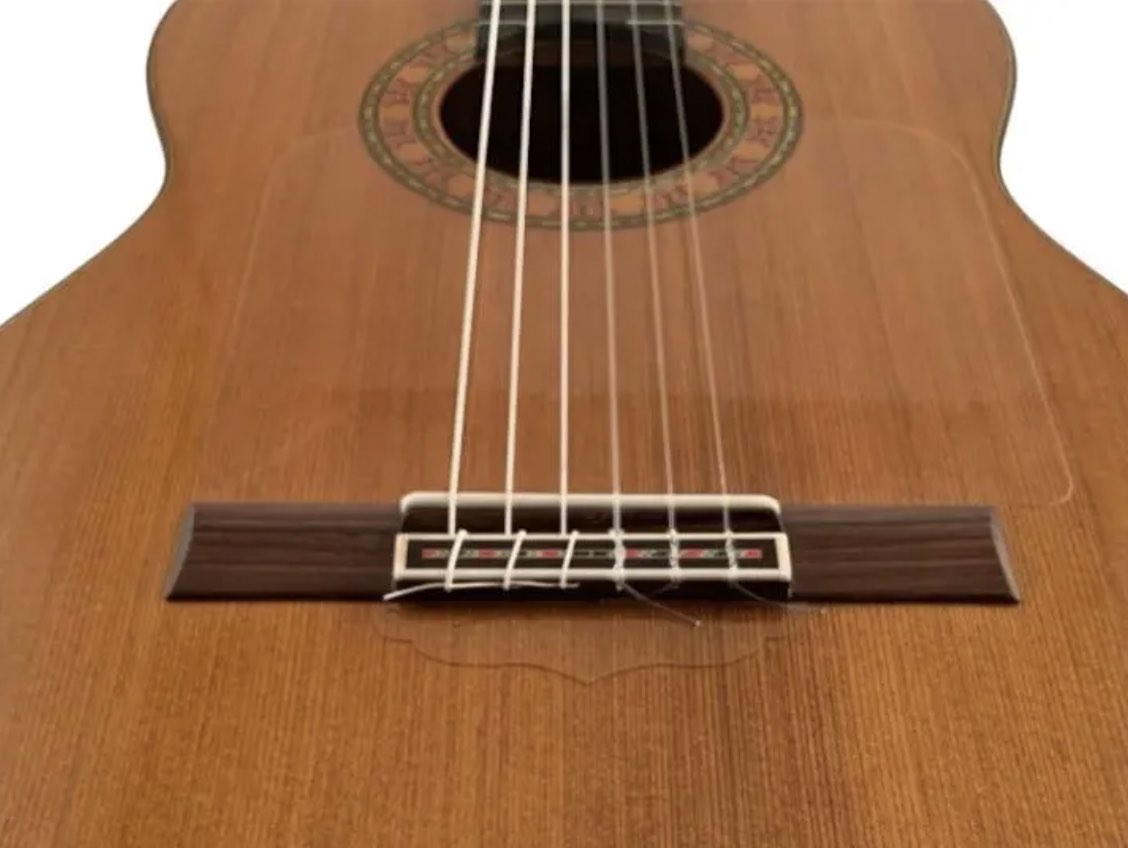|
Ricardo -> RE: Changing strings (Feb. 21 2021 23:43:06)
|
Couple of things I didn’t mention. If you do the morante “tie” at the roller/peg after pulling up slack on the headstock side, it probably holds as well as my “shoelace tie”. By that I mean I only do one knot like step one of a shoelace. I have not done a timing test to see if that holds better or not, but one thing is with trebles, if you have any oil on the fingers the string will slip. Even at the tie block, so make sure you have dry fingers working with trebles...(yes jamon iberico right before stage is what I am referring to...good for tremolo bad for string changes). Just wanted to add that I try NOT to change full sets if I can, usually basses only or trebles only together, always the higher pitch first. If you do change a full set, always do one at a time (someone mentioned that before) the reason is not “top tension” but rather, keeping the thing in tune and further, keeping the nut and bone from sliding accidentally. I have seen people lose the darn nut from doing a full set change and transporting the guitar with no strings to where ever they were headed with the new set.
With the tie method I use, I am not afraid to change any string or group of strings minutes before a show. I have noticed that basses can die prematurely if you don’t let them settle over night at least. But that was when I was young. Folks that kill bass strings fast, it is the PH level in your fingers. As I got older I kill strings less and less, but I notice young people that play my guitar kill the basses like I used to. So last thing stretching...I used to do what Burdo does above until I saw the results of two nice guitars that this was done on religiously. The basses especially SAW into the tie block roof every time you pull that way. Eventually the break angle is decreased to the point one guitar had an angle of ZERO because the string hole at the tie block was so elongated from that sawing action over the years. The fix was pricy but not too difficult. Wood dowel was glued into the string holes and then they were re drilled at an angle facing downward in the direction toward the head stock...this allowed for the needed downward pull across the bone (break angle)...but as you can see, it would be a good idea to avoid this procedure for stretching strings.
I propose the alternative that I have adopted of simply tuning the strings SHARP of pitch (normally half step sharp all 6 or which ever the new strings are). I suspect this is how Nunez came up with his solea por buleria...having tuned the trebles sharp of the basses and letting them “stretch” by playing some cool falsetas. But it is not necessary to play, just let the strings gradually pull DOWN to pitch. As I said I can get away with this minutes before a show.
|
|
|
|

